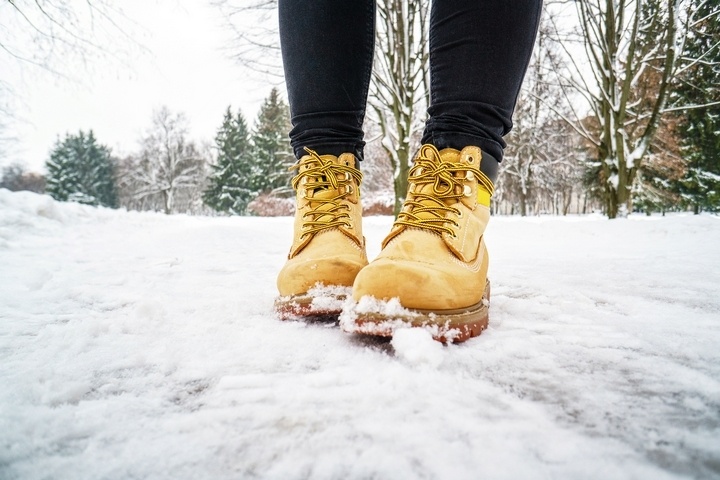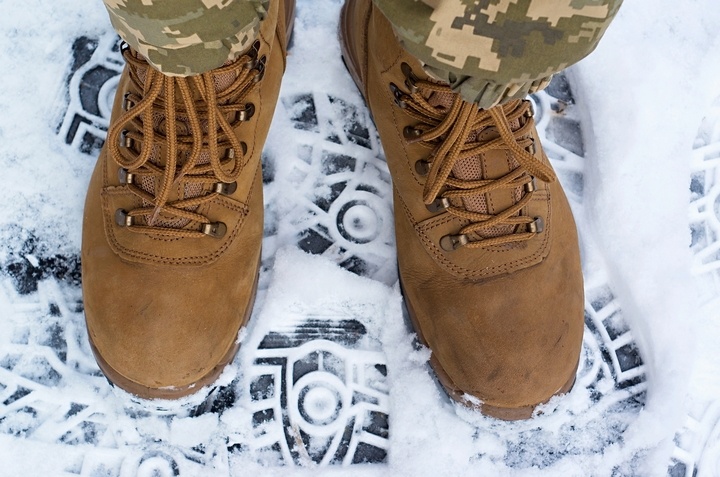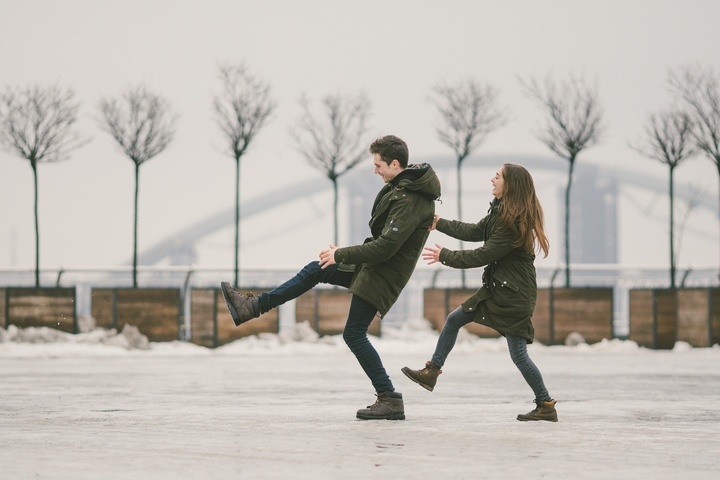How to Walk on Ice Without Slipping

During the colder months of the year, there is an abundance of activities to enjoy and get involved with. Each activity can be fun, from holiday events to snowboarding to going for a short walk. Concerning the latter, these particular months can be a bit more challenging regarding navigation.
That is because colder climates can bring about inclement weather conditions, such as freezing temperatures. Naturally, your usual surfaces could become frozen, impairing your ability to walk normally. Thus, the potential for accidents, such as slipping on ice, becomes a reality. If you fell around business premises, you may have a case for a lawsuit. Consult a slip and fall lawyer to assess your circumstances.
Use the following tips to stay safe, and walk effectively on these surfaces. Let’s learn how to walk on ice without slipping.
1. Be Careful

There will be some instances in these colder months when walking on ice is non-avoidable. As a result, you will have to use your sound judgment when traversing these surfaces. When you do so, always be sure to employ a sense of caution. You’d be surprised to find that one misstep can result in slipping and hurting yourself.
Sometimes, it is in your best interest to try and find another way around. There could be other pathways to take compared to your standard walking surface. It all depends on how necessary it is to walk on this icy pavement instead of taking a longer route. Be aware of your immediate surroundings, and you will be good.
2. Slow Navigation

An extension of the previous point involves how you traverse the icy path ahead of you. Whatever you decide to do, it is recommended to walk ahead as slowly as you possibly can. Many icy surfaces can crack at a single moment. This is much more dangerous, as you may not know what is underneath that ice sheet.
If you slip and fall because of your pace, you will do more harm to yourself. Take stock of the surface beneath you, and move at a speed that complements the icy surface. As the age-old adage goes, slow and steady usually wins the race. Therefore, you will reach your destination in no time at all.
3. Footwear

Of course, there are various ways in which you can make your navigation much safer. The best way to do this is to simply choose some sturdy footwear. In the colder, icier months, frozen pathways require you to have boots to match the composition of the surface beneath. Look for boots that allow for this, so you do not have to worry about slipping.
Moreover, these boots should be comfortable inside. There is nothing more annoying than having to walk slowly across the ice, along with being uncomfortable in your footwear. Try out different pairs, and always opt for materials that allow seamless movement across the ice. You can then be rest assured that slipping will seldom happen to you!
4. Body Position

Usually, many do not think about our bodily position when it comes to simple movement. We get up and just start walking without a second thought. However, you need to rethink this notion when navigating an icy surface. Thankfully, there are certain tricks to employ to allow for a more seamless movement across the ice.
Bend your knees slightly forward, and keep your toes pointed out straight. Then, take slow steps at the beginning of your walk and keep that movement consistent. You would be surprised to discover how much more efficient this makes you when stopping slipping. Plus, it makes you more aware of your body’s movement overall!
5. Use Support Systems

Many walkways have support systems installed unless you travel in an unfinished location. That is because your city will generally know that these areas can become impaired by ice. So, various structures will be put in place for protection. The last thing any location requires has their citizens constantly slip due to untreated ice.
Therefore, look for the icy pathways that have been salted accordingly. Salt prevents slipping since the properties inside prevent the action from occurring. Another support system comes via guardrails, which allow you to hold onto them with your hands. Use them if you traverse the road ahead to get to your destination safely.
6. Concentrate

With the rise in technology, our daily lives have generally centred on our smartphones. We use these and other devices or products to check in on our daily habits. However, it is in your best interest to put them away and focus on the icy surface ahead of you. Slipping and falling can create serious damage; concentrate, and you will be safe and sound!



















